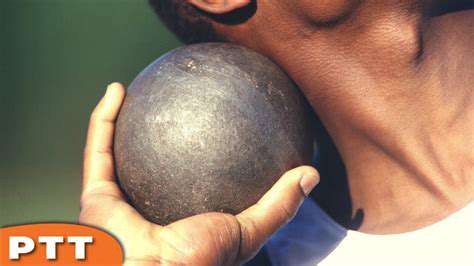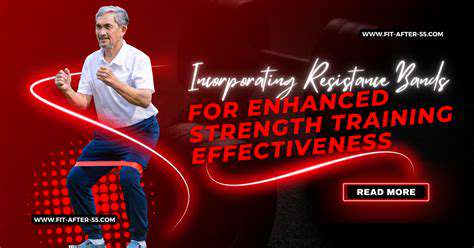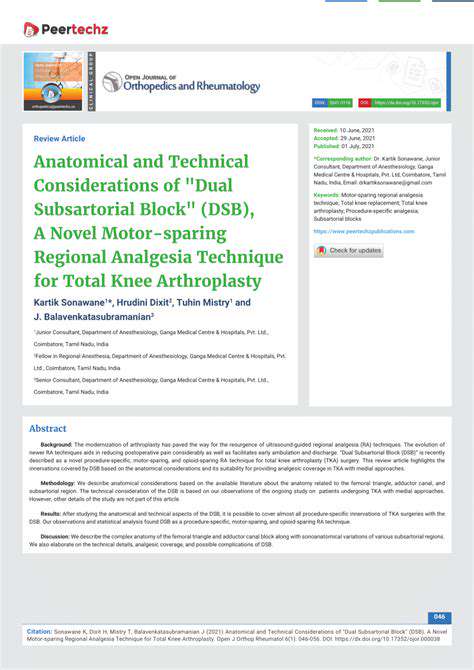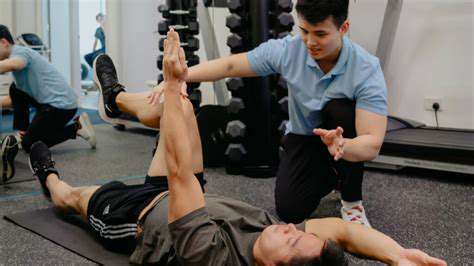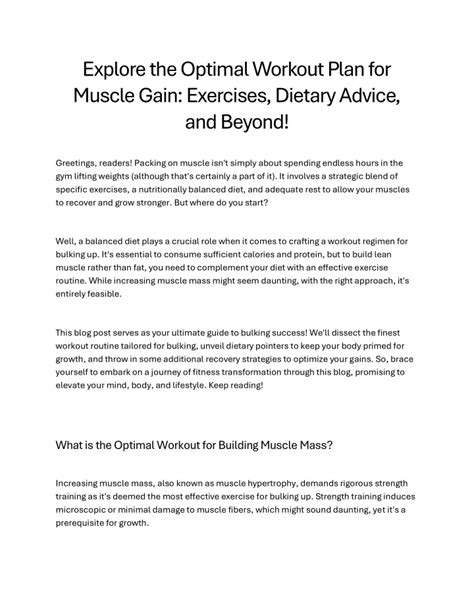Premier Strategies for Enhancing Finger Joint Flexibility
Developing finger flexibility is crucial for a wide range of activities, from playing musical instruments to performing intricate tasks. Targeted exercises, when incorporated into a consistent routine, can significantly improve dexterity and range of motion. Starting with foundational exercises that focus on gentle stretching and controlled movements lays the groundwork for more advanced techniques.
These initial exercises should be performed slowly and with precision. Avoid any sudden or forceful movements that could potentially cause injury. Gradual progression is key to achieving optimal results without putting undue stress on your joints.
Improving Finger Extension: A Step-by-Step Approach
Improving finger extension involves actively stretching the extensor muscles that straighten your fingers. One effective technique involves using a resistance band or rubber tubing to gently pull your fingers back. This should be done in controlled increments, ensuring that you don't force the movement beyond your current range of motion. Consistency is paramount in achieving significant improvements.
Another approach is to use your opposite hand to gently push the fingers back, while maintaining a controlled, slow tempo. This technique can be modified to target individual fingers or work on the entire hand simultaneously.
Strengthening Finger Flexors: Building Muscle Memory
Strengthening the flexor muscles, which bend your fingers, is just as important as extending them. Exercises that involve gripping or squeezing objects can effectively build strength and improve the overall dexterity of your fingers. Using small, weighted objects, like marbles or small stones, can provide resistance while you practice gripping motions.
Employing simple finger-tapping exercises on a table or countertop can also effectively strengthen these muscles. Consistent practice of these targeted exercises can create muscle memory, allowing for more precise and controlled movements.
Wrist and Hand Flexibility: An Interconnected Approach
Improving wrist and hand flexibility is intrinsically linked to finger flexibility. Exercises that focus on wrist rotations and side-to-side movements enhance the overall range of motion and improve the functionality of the entire hand and forearm. Incorporating wrist stretches into your routine can significantly improve the mobility of the joints and aid in preventing injuries.
Activities like gently bending your wrists back and forth, or rotating them in circular motions, can effectively improve flexibility. It's crucial to focus on controlled movements to avoid strain or injury.
Specific Exercises for Musicians: Tailored Techniques
Musicians often require a higher degree of finger dexterity and flexibility. Specific exercises, tailored to the demands of their instrument, can be incorporated into their routine. For instance, pianists can focus on exercises that enhance the ability to quickly and precisely alternate between different keys. Guitarists might prioritize exercises that increase the range of motion needed for fretting and picking.
These tailored exercises will not only enhance flexibility but also improve the overall precision and speed of their movements, contributing to improved performance and reduced risk of injury.
Progressive Challenges: Gradual Advancement
Once you've established a foundation in basic finger flexibility exercises, gradually introduce progressive challenges. This involves increasing the resistance, duration, or complexity of the exercises over time. This progressive approach ensures that you are consistently challenging your muscles and encouraging further improvement in flexibility and dexterity. It also helps to prevent plateaus and maintain motivation.
Tracking your progress is essential to stay motivated and adjust your approach as needed. Regular assessments will help you gauge your improvement and ensure that you are constantly pushing yourself in a safe and effective manner.
The Role of Proper Hand Posture and Ergonomics
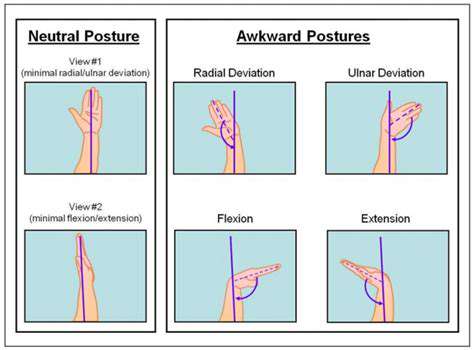
The Importance of Neutral Hand Posture
Maintaining a neutral hand posture is crucial for preventing repetitive strain injuries (RSIs) and musculoskeletal disorders (MSDs). A neutral hand position, characterized by the wrist in a straight line with the forearm, minimizes stress on the tendons, ligaments, and nerves in the hand and wrist. This optimal alignment allows for efficient and comfortable movement, reducing the risk of developing long-term pain and discomfort. Proper hand posture is essential for performing tasks efficiently and avoiding unnecessary strain.
When the hand is held in a neutral position, the natural biomechanics of the hand and wrist are optimized. This natural alignment allows for a wider range of motion and reduces the risk of overexertion. This is particularly important in repetitive tasks, where maintaining a neutral position can significantly reduce the risk of injury.
Ergonomic Considerations for Hand Posture
Ergonomic principles play a vital role in shaping proper hand posture. This includes considering the height and position of your workstation, tools, and materials. Proper workspace setup reduces strain on the hands and wrists and minimizes the risk of injury. Ergonomic design principles should be prioritized to ensure hand and wrist comfort and well-being.
Using tools and equipment designed for ergonomic use is another critical element. Such tools are often specifically designed to promote neutral posture and reduce stress on the hand and wrist. Many ergonomic keyboards and mice are designed to minimize the strain on the wrists and promote natural hand position.
Impact of Repetitive Tasks on Hand Posture
Repetitive tasks, whether at work or in daily activities, can significantly impact hand posture. These tasks often involve awkward hand positions that strain the muscles, tendons, and ligaments over time. This can lead to chronic pain and discomfort, and in severe cases, permanent damage.
Sustained forceful exertions, such as those often involved in repetitive tasks, can place immense stress on the hand and wrist structures. This chronic stress can lead to inflammation, pain, and eventually, the development of debilitating conditions.
Wrist and Hand Position in Different Activities
Different activities require different hand postures. For example, tasks involving typing or using a mouse require a specific neutral wrist position to avoid strain. Other activities, like gardening or using tools, require different postures, but maintaining a neutral position whenever possible is always best practice.
The importance of proper hand posture extends beyond the workplace. Activities like playing musical instruments or engaging in hobbies can also benefit from mindful hand positioning. Understanding how to maintain a neutral position during various activities is crucial for preventing long-term injuries.
Preventing Hand and Wrist Injuries
Maintaining proper hand posture is crucial for preventing hand and wrist injuries. By focusing on maintaining a neutral position and using ergonomic tools and equipment, individuals can significantly reduce their risk of repetitive strain injuries. This preventive approach is more effective than attempting to treat existing injuries.
Taking regular breaks and stretching exercises can help to maintain flexibility and reduce muscle tension, further contributing to healthy hand posture.
Professional Guidance and Resources
Seeking professional guidance from occupational therapists or physical therapists can provide tailored advice for maintaining proper hand posture. They can assess individual needs and recommend specific exercises or ergonomic adjustments. This personalized approach can significantly improve long-term hand health.
Numerous resources are available online and in libraries to provide further information on hand posture and injury prevention. These resources offer valuable insights into maintaining optimal hand posture and avoiding potential issues.

Beyond Exercises: Nutrition and Overall Health
Fueling Your Fin Success: The Role of Nutrition
Proper nutrition is paramount for achieving peak performance in any endeavor, and finning is no exception. A well-balanced diet provides the necessary energy for intense training sessions, supports muscle repair and growth, and aids in overall health and well-being. Understanding the importance of macronutrients like protein, carbohydrates, and healthy fats, and how they interact, is crucial for optimizing your finning journey. Focus on nutrient-dense foods, lean proteins, complex carbohydrates, and healthy fats to maximize your body's potential.
Beyond just the immediate fuel, nutrition plays a vital role in recovery. Adequate intake of vitamins and minerals supports the body's natural repair processes, mitigating muscle soreness and promoting faster recovery between workouts. This translates to increased training volume and, ultimately, enhanced finning performance.
Hydration: The Unsung Hero of Fin Performance
Proper hydration is often overlooked but is essential for optimal finning performance. Water is crucial for transporting nutrients, regulating body temperature, and supporting various bodily functions. Dehydration can significantly impact energy levels, muscle function, and cognitive performance, leading to decreased finning efficiency and a higher risk of injury.
Supplementation: Enhancing Your Finning Arsenal
While a balanced diet is the foundation, strategically selected supplements can further enhance your finning performance. Certain vitamins and minerals, like Vitamin D and magnesium, play a critical role in muscle function and overall health. Consider consulting with a healthcare professional or registered dietitian to determine if supplementation is appropriate for your individual needs and goals. Remember that supplements should complement, not replace, a healthy diet.
Rest and Recovery: The Importance of Sleep and Active Rest
Adequate sleep is crucial for muscle recovery, hormone regulation, and overall health. Aim for 7-9 hours of quality sleep per night to allow your body to repair and rebuild tissues. Active recovery techniques, such as light stretching or foam rolling, can also significantly aid in reducing muscle soreness and promoting faster recovery. Proper rest is essential for peak performance and injury prevention in any athletic endeavor, including finning.
Mind-Body Connection: Stress Management and Mental Well-being
Stress can significantly impact physical performance, including finning. Chronic stress can lead to muscle tension, hormonal imbalances, and reduced energy levels, all of which can negatively affect your finning abilities. Implementing stress-reducing techniques, such as meditation, yoga, or spending time in nature, is crucial for maintaining mental and physical well-being. A healthy mind contributes significantly to a successful finning journey.


